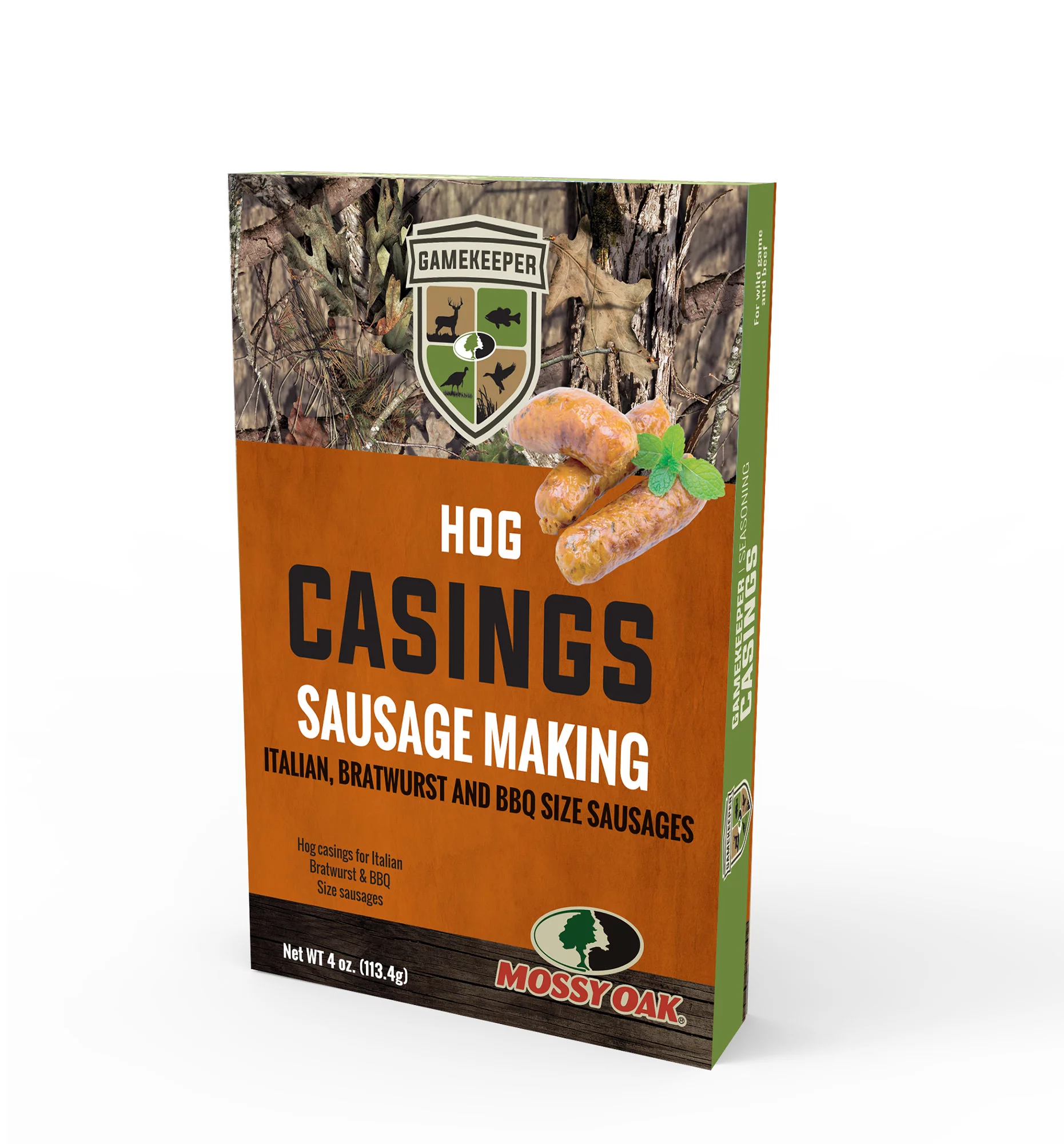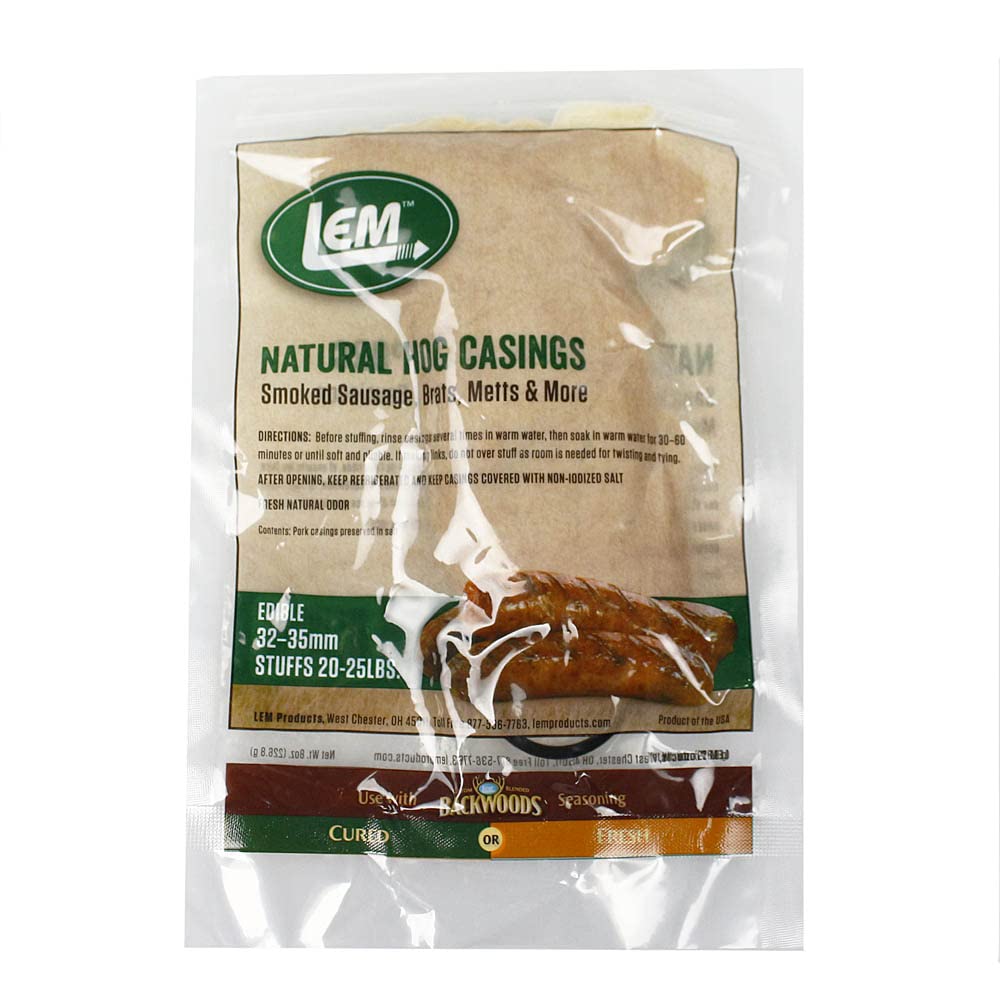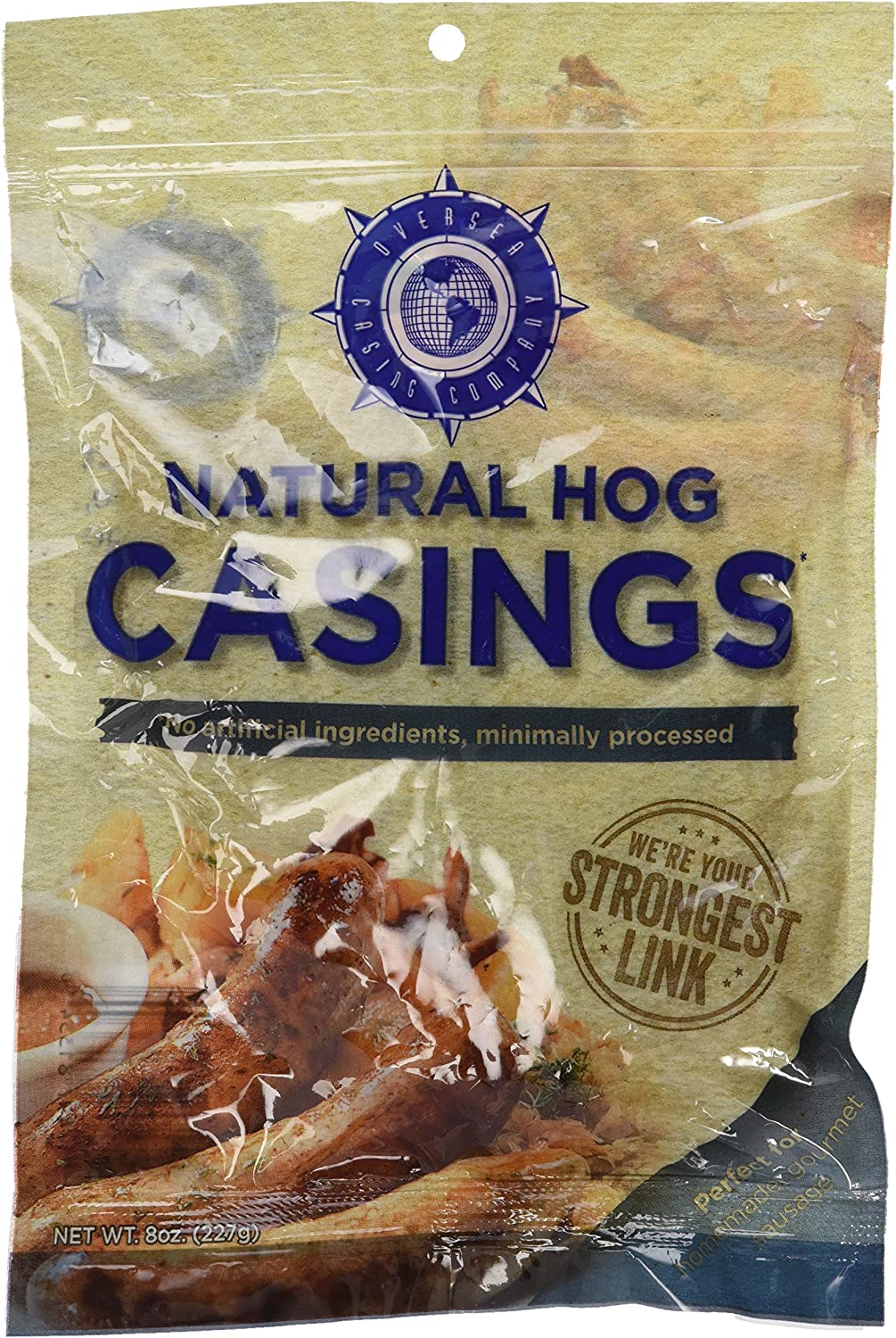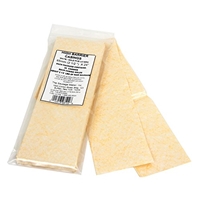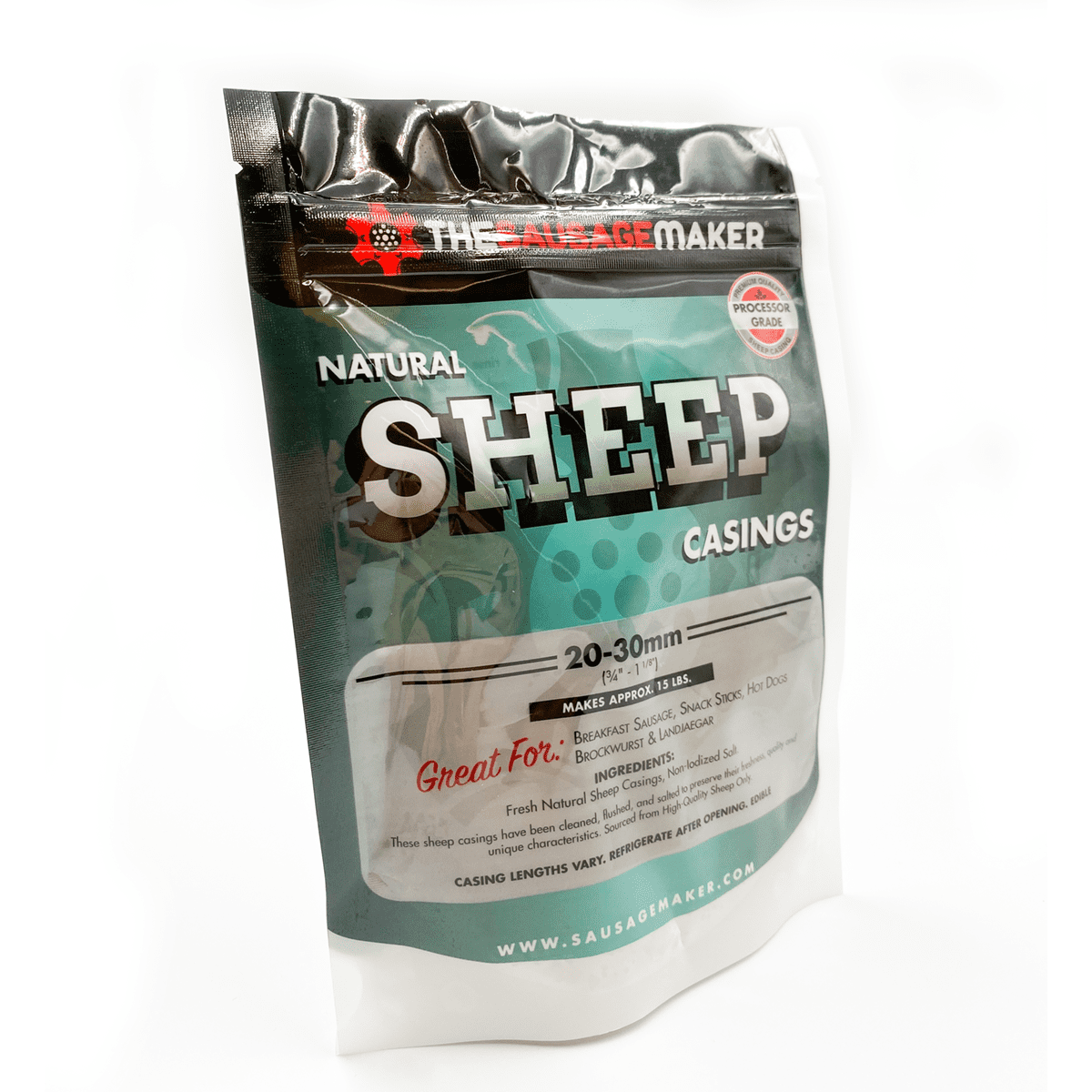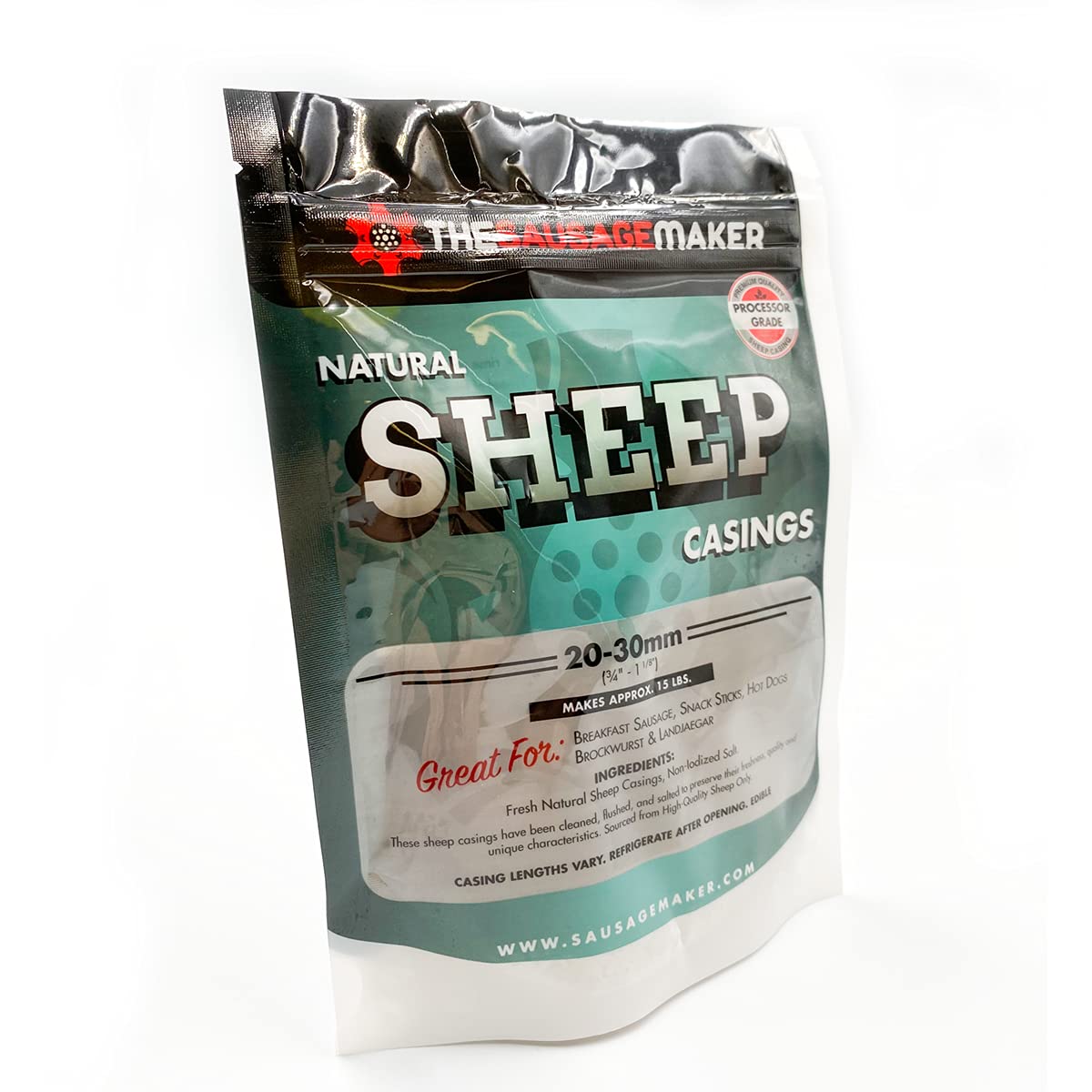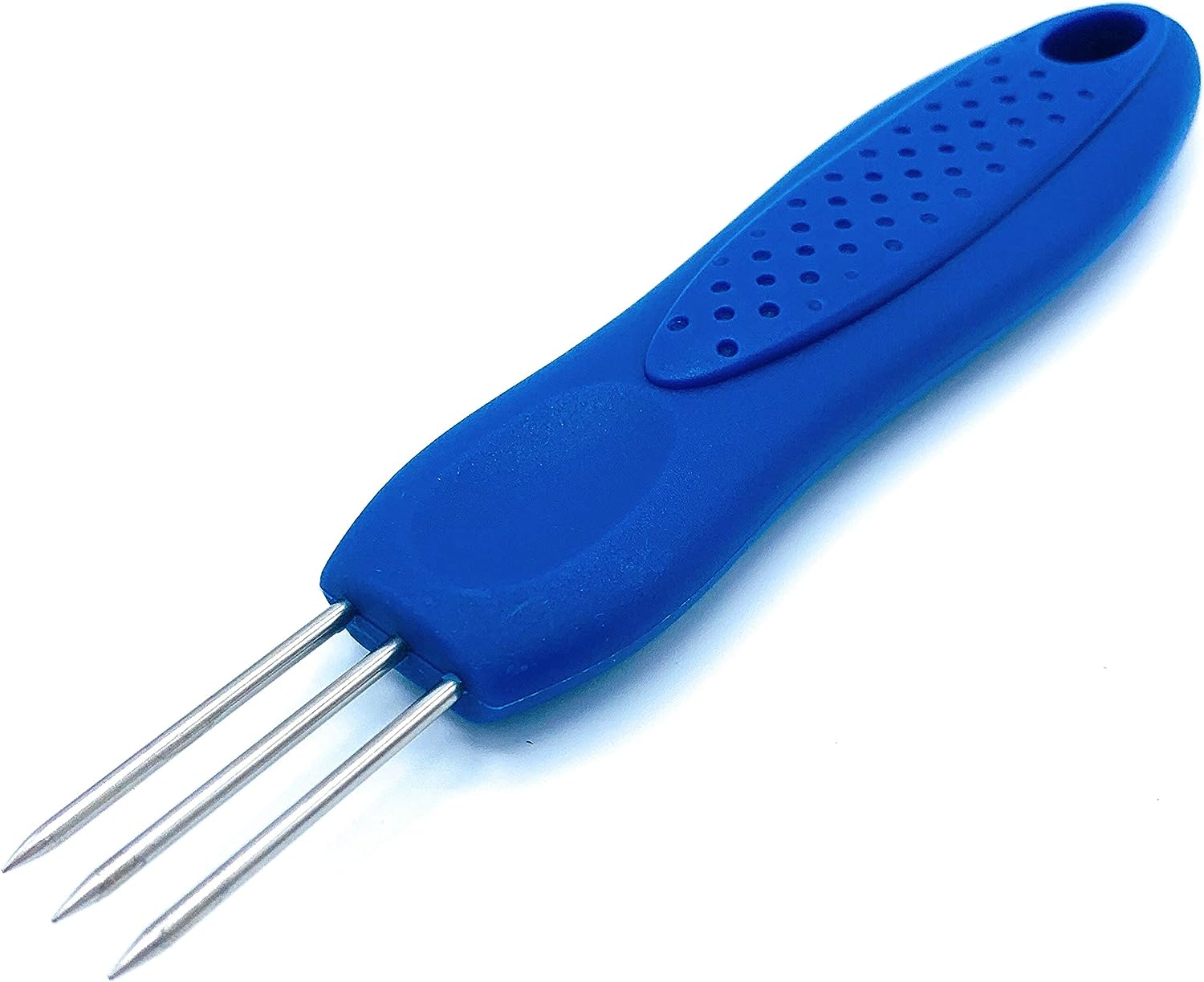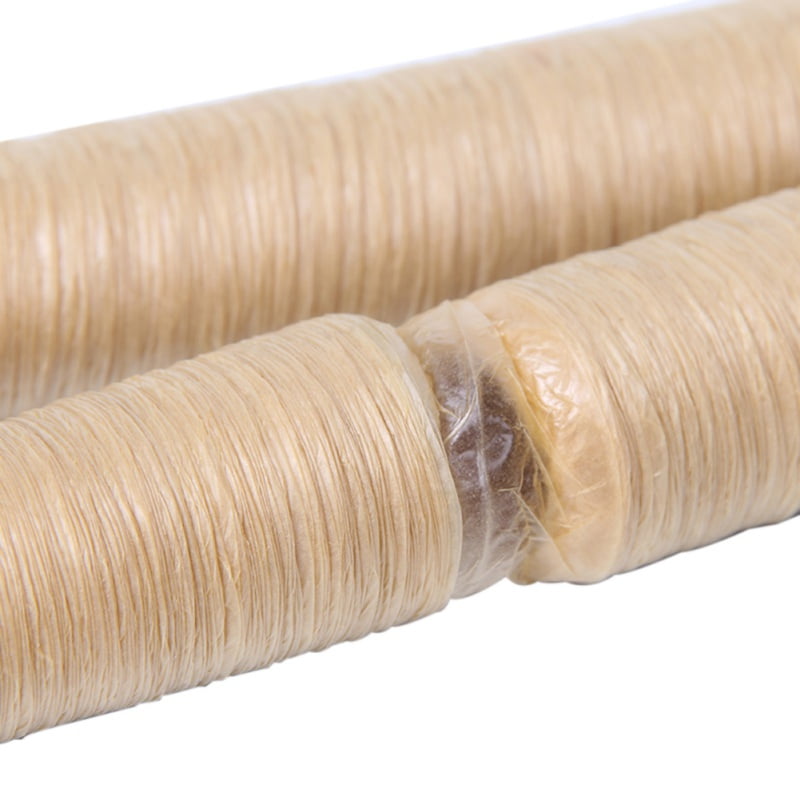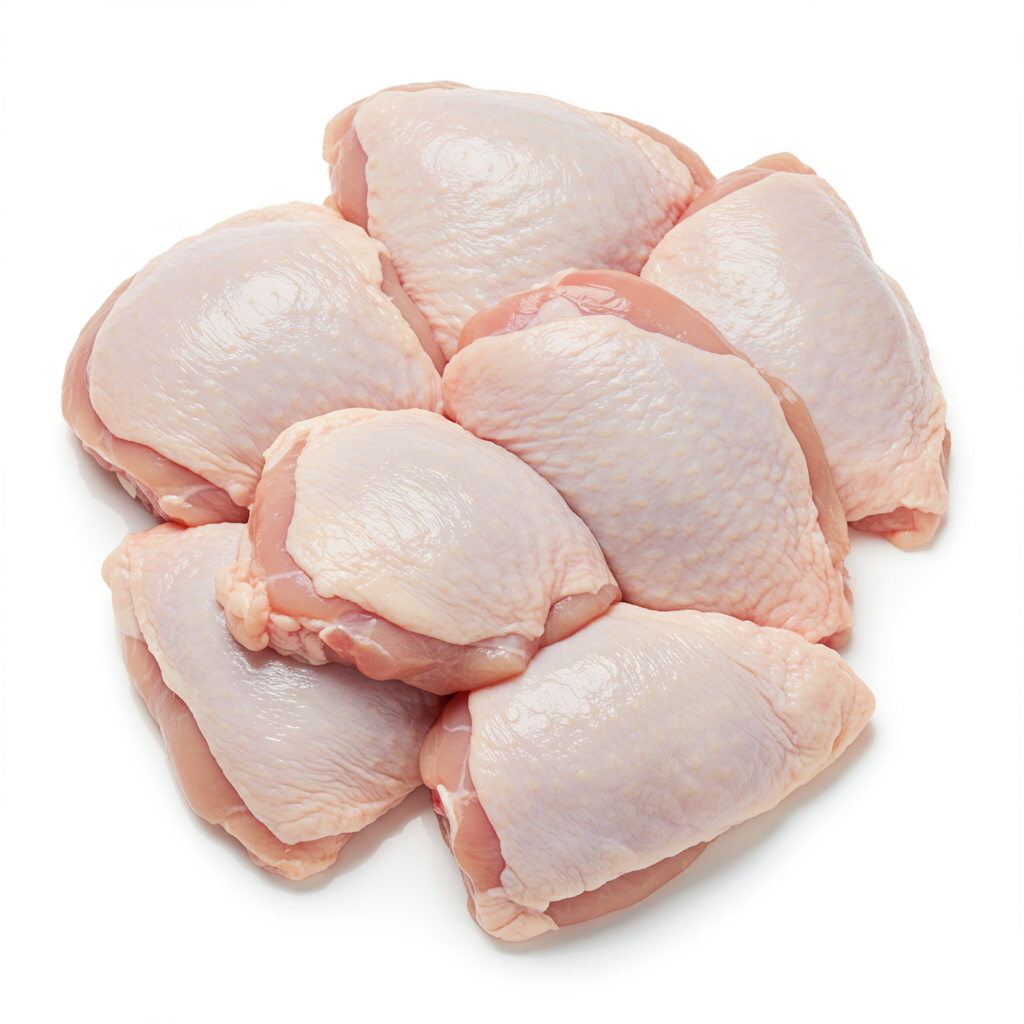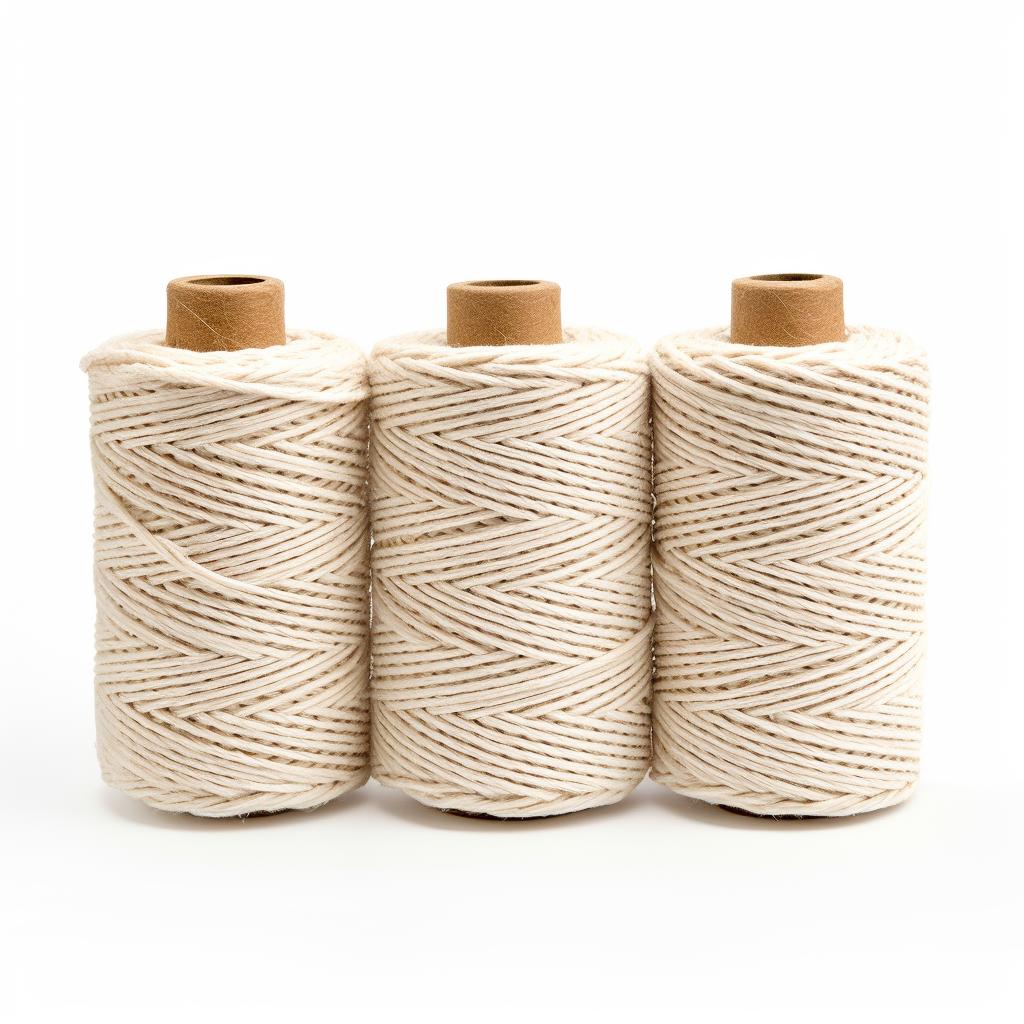MAIN DISHES
Sausage Casings
Sausage casings are a crucial component in the process of making sausages, serving as a container to hold the ground meat or filling. Traditionally made from the cleaned and processed intestines of animals such as pigs, sheep, and cattle, they provide a natural, edible barrier that helps the sausage keep its shape and infuses it with flavor. Today, collagen and cellulose casings are also popular options, offering a more uniform and consistent size and appearance.
For home cooks and sausage aficionados, understanding the different types of casings and their uses can elevate the quality and taste of homemade sausages. By choosing the appropriate casing for specific sausage types, consumers can ensure proper cooking, whether grilled, boiled, or smoked. The right casing can also contribute to the desired texture and mouthfeel, taking your sausage creations to the next level.
12%
CARBS
62%
FAT
26%
PROTEIN
31 Sausage Casings Products
Sausage casing
LEM Products Clear Smoked Collagen Casings, 32mm, Edible Sausage Casings, Stuffs Approximately 21 Pounds Per Pack, Great for Snack Sticks, Hot Dogs, Metts, Andouille, Brats, and More, 2-Pack
Mossy Oak Game Keepers Hog Casings for Sausage
Vacuum Sealed Bag - Hog Casings for
Natural Hog Casings for Sausage by Oversea Casing
TSM 65Mm (2 1/2") White/Gold High Barrier Sausage Casings
The Sausage Maker - Home Pack Natural Sheep Sausage Casings, 1 Pack
The Sausage Maker - Home Pack Natural Sheep Sausage Casings
Sausage Pricker for Sausage Casings Natural Hog Casing, Summer Sausage Casing, Salami Casing, Sausage Making Supplies
Natural Collagen Casing Sausage Casings Hot Dog Roast Sausage Edible Collagen Protein Casings Sausage Ham
Sausage Casings Are Frequently Used With
Sausage Casings FAQ
Most common questions when cooking with sausage casings usually revolve around which type of casing to use, how to properly handle and store unused casings, how to stuff sausages efficiently, and troubleshooting when issues arise, such as casings bursting during cooking or sausages having a chewy texture.
People often go wrong by not soaking natural or collagen casings in warm water before use, which may result in difficult handling and stuffing, potentially causing breakage or uneven filling. Another common error is overstuffing the casings, which can lead to bursting during cooking. It's essential to leave enough space to allow the filling to expand.
To get the most out of sausage casings, it's recommended to understand the difference between natural, collagen, and cellulose casings, as each offers unique characteristics and advantages. Natural casings can enhance the flavor and provide a 'snap' but require a bit more work in terms of preparation. On the other hand, collagen casings are easy to use, requiring less preparation and providing a uniform size. For non-edible sausages or those needing a smoke flavor, cellulose casings are the preferred choice.
A helpful tip when using casings is to keep them hydrated during the stuffing process. If a casing begins to dry out, it can become brittle and crack. Hence, keep a bowl of water nearby to keep the casings moist. Another kitchen hack is to use a sausage pricker or a sterilized needle to remove air bubbles from the casing after stuffing, which can prevent breakage during cooking.
What are the different types of sausage casings, and how do I choose?
How do I prepare sausage casings for use?
My sausage casings are bursting while cooking. What am I doing wrong?
Why do my sausages have a tough, chewy texture?
I find stuffing sausages difficult. Any tips?
Can I reuse leftover casings, and how do I store them?
Can I use the same casings for different types of sausages?
What is the advantage of using natural casings?
What should I do if I see air pockets in my stuffed sausages?
Are cellulose casings edible?
Expiration & Storage Tips
When does sausage casings expire?
Unopened commercial sausage casings can last for up to 1 year when stored in a cool and dry place, typically 2-4 degrees Celsius (35.6-39.2 degrees Fahrenheit). Once opened, casings should be used as quickly as possible, ideally within 1-2 days, to maintain freshness. They should always be stored in a salty brine solution in the fridge. Freezing isn't a common practice for casings as it can lead to the formation of ice crystals which may break the delicate structure of the casing.
How do you tell if sausage casings is bad?
Bad casings will have a noticeable sour or unpleasant smell. Good casings should smell slightly salty, like the sea. In addition to this, if the casings are discolored or if you see any mold, they need to be discarded. Always remember to trust your senses: if something smells or looks off, it's better to err on the side of caution and throw them out.
Tips for storing sausage casings to extend shelf life
• Always store unused casings in the fridge, submerged in a salt brine solution. This will help to keep them fresh.
• Before using your casings, rinse them thoroughly under cold water to remove any residual salt and then soak them in warm water for about 30 minutes. This will make them easier to work with.
• If your sausage casings came packed in salt, keep it that way. The salt acts as a natural preservative and keeps bacteria growth at bay.
• Never store your casings with or near raw meats. This can cause cross-contamination.
EXPIRES WITHIN
9 - 15
MONTHS
Health Info
Macros
0g
CARBS
0g
FAT
0g
PROTEIN
Allowed on these diets
LOW FAT
HIGH CALCIUM
KETO
PALEO
WHOLE 30
LOW CARB
LACTOSE FREE
GLUTEN FREE



